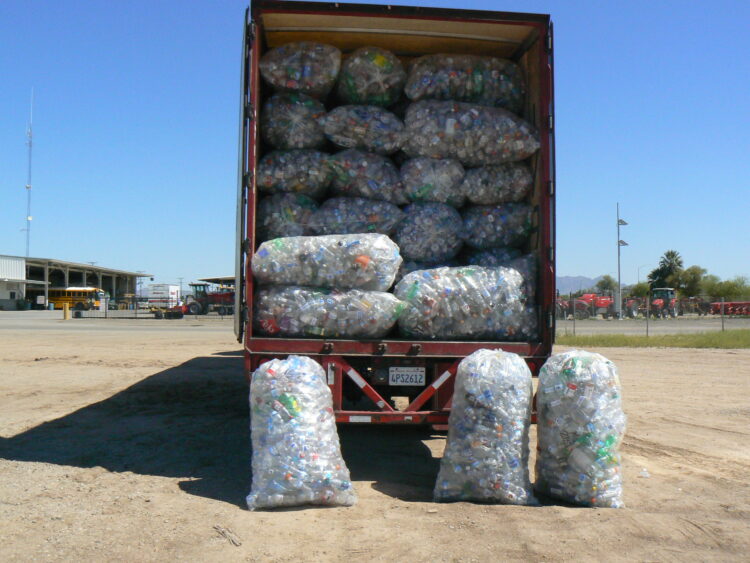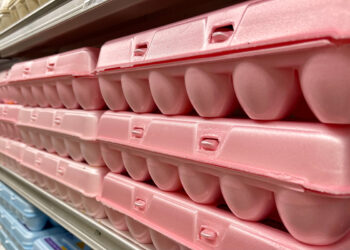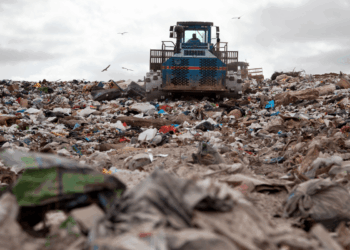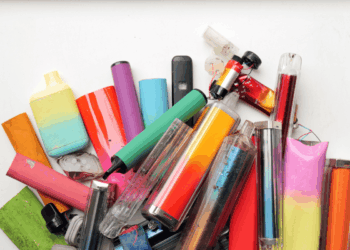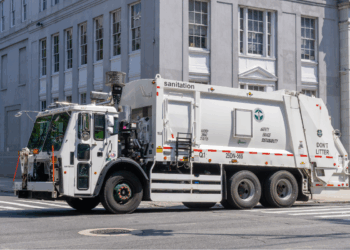A Canadian organization with a focus on marine debris is building a global effort to facilitate collection of plastics from impoverished countries and connect that material with end users.
Plastic Bank organizes the construction and operation of collection centers around the world that accept material from informal pickers. The organization sells the collected material, which it calls “social plastic,” to companies including Shell Oil, major U.K. department store Marks & Spencer, and others.
The group has recently been receiving wide notoriety for its efforts. It was recognized by the United Nations with an award at the U.N. Climate Change Conference in Germany this month, and the company’s founder met with Pope Francis in Vatican City to talk about the organization’s goals and strategy.
A simple concept
At its core, Plastic Bank has the objective of cutting down on ocean pollution, which comes disproportionately from the world’s poorest countries. At the same time, it strives to provide economic opportunities for poor people.
“If you live in that condition, you now have an opportunity to create a route, either door to door, household to household or business to business,” said David Katz, founder and CEO of Plastic Bank. “You have an opportunity to collect in those areas where materials may be congregating.”
The collector brings the material to a local collection hub. These collection centers, which Katz likens to community centers, are operated individually with staff on-site. Staff members separate the material by color and type, removing caps, rings, labels and other contaminants. The material is weighed and value is determined, Katz explained.
“We give it a quick check for material type, quality and impurity,” Katz explained. “We bring up as much value in that material at the center, and when it reaches volumes, it’s couriered to the recycler. … And then the recycler either flakes it or bales it, and we ship it to our customers’ manufacturing facilities or their supply chain.”
The customer pays Plastic Bank, which pays the recycler, which pays the community center, which pays the picker. In this way, the organization works as a facilitator, moving the feedstock from the street to the end user and payment back along the same chain.
Katz came up with the Plastic Bank concept in 2013, and the organization has been growing its base of end users and supporters since then. The organization is based on the idea that plastic materials in and of themselves are not the problem – the issue is economics.
“If every piece of packaging that you saw in the environment, every bottle, was worth $5, how many bottles would there be? None, people would be clamoring over them,” Katz said. “It’s not the bottles, it’s not the material, it’s the value we perceive it to be, period. And we just created a process where that value is revealed.”
Specific corporate efforts
Most recently, global consumer goods company Henkel committed to help fund construction of three new collection centers in Haiti that will begin operating next year. The company is also researching how the recycled plastic collected through Plastic Bank could be incorporated into its products in the future.
Marks & Spencer also recently announced its goal to incorporate Plastic Bank’s plastic into its packaging materials by 2022.
The organization also offers a “plastic offset” concept, similar to the idea of carbon offsets. Instead of using the recycled plastic, a company can support the organization’s collection efforts.
“Even those companies who can’t use our material can contribute to the extraction of plastic from the environment,” Katz said. “That comes as a small price incentive and price reward to the collector.”
The funds gained through the offset program might be spent on the construction of a new collection center.
Plastic Bank is working to set up collection centers in Haiti and other countries, including the Philippines and Brazil. But Katz emphasized that anyone can set up a collection center using an internet platform the organization provides.
This opens up even more possibilities to utilize existing community gathering spaces as collection centers. Katz envisions church parishioners in a given locale bringing recycling when they attend services each week.
“If we consider the 1.2 billion Catholics only in the world, if they were to bring one pound of material each per week … there’s scale and magnitude in it,” he said.







